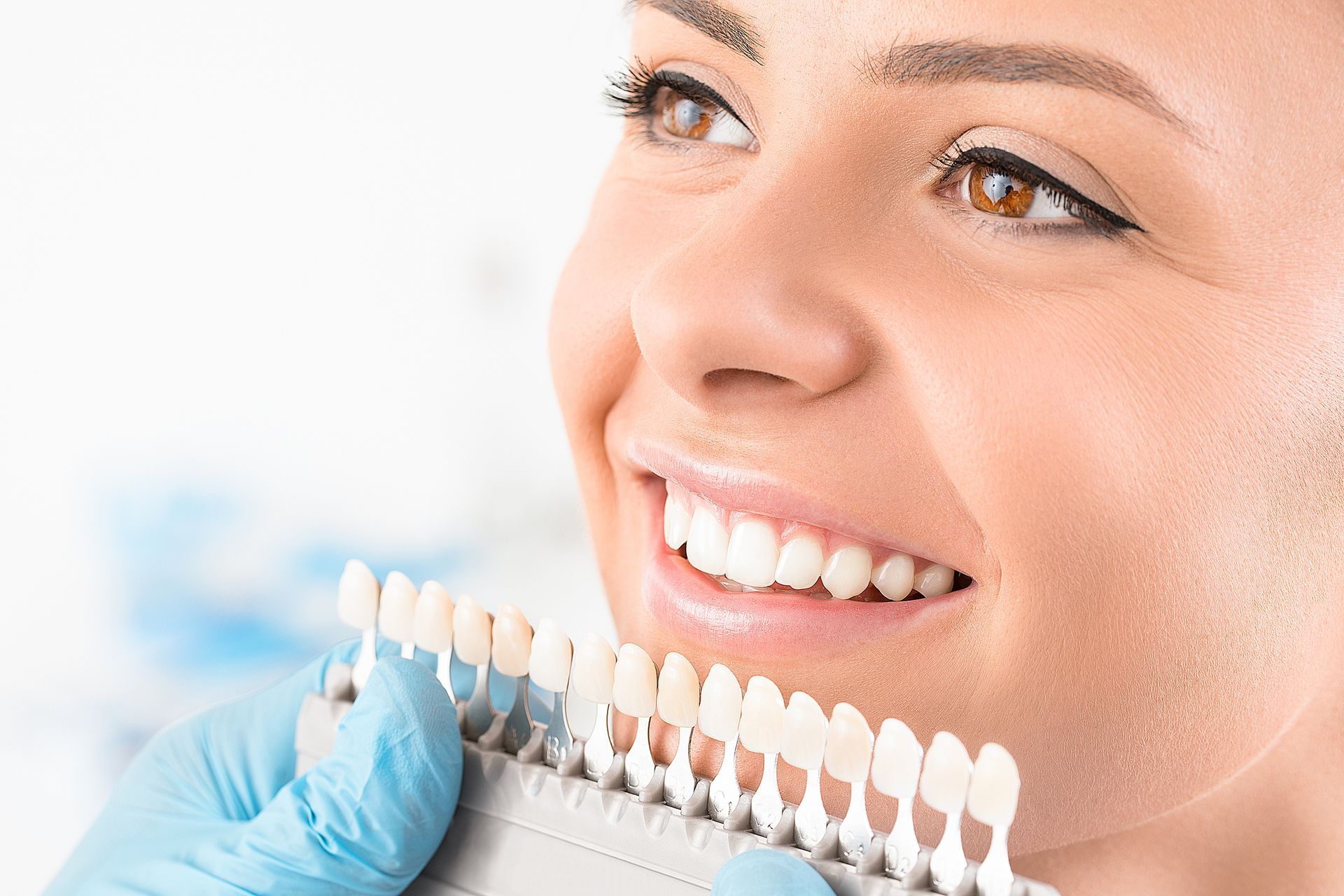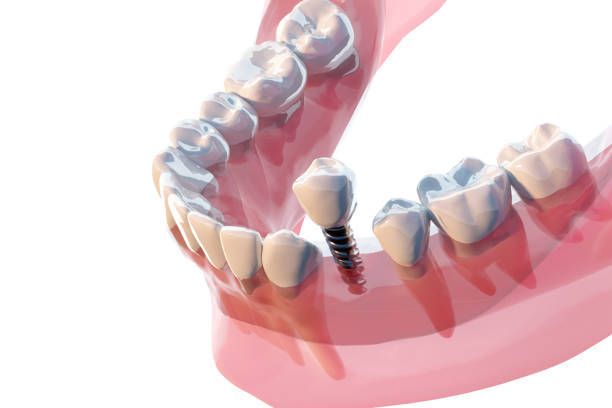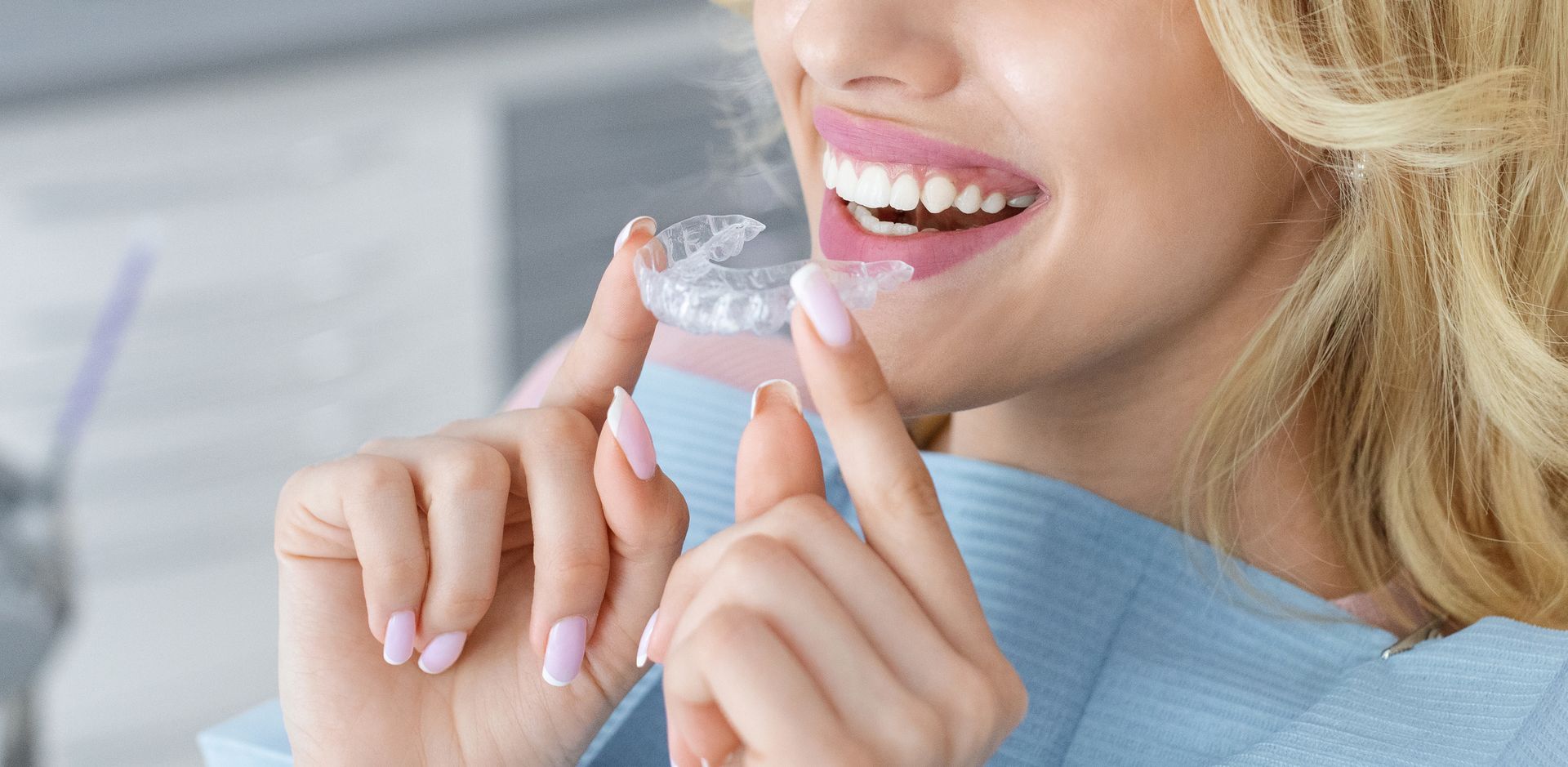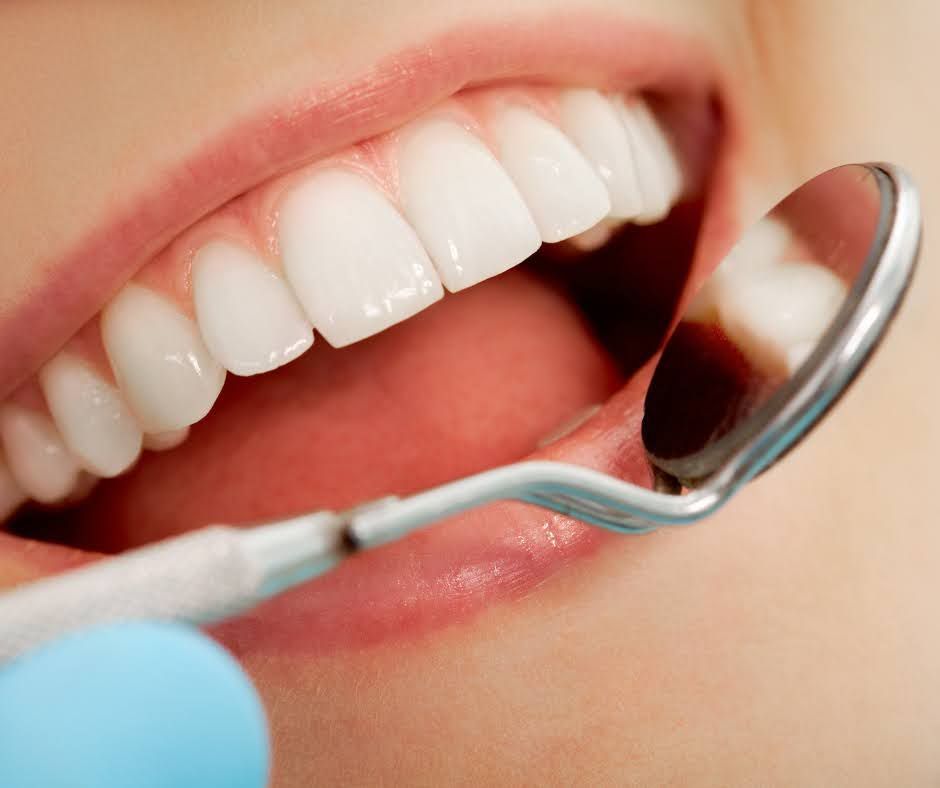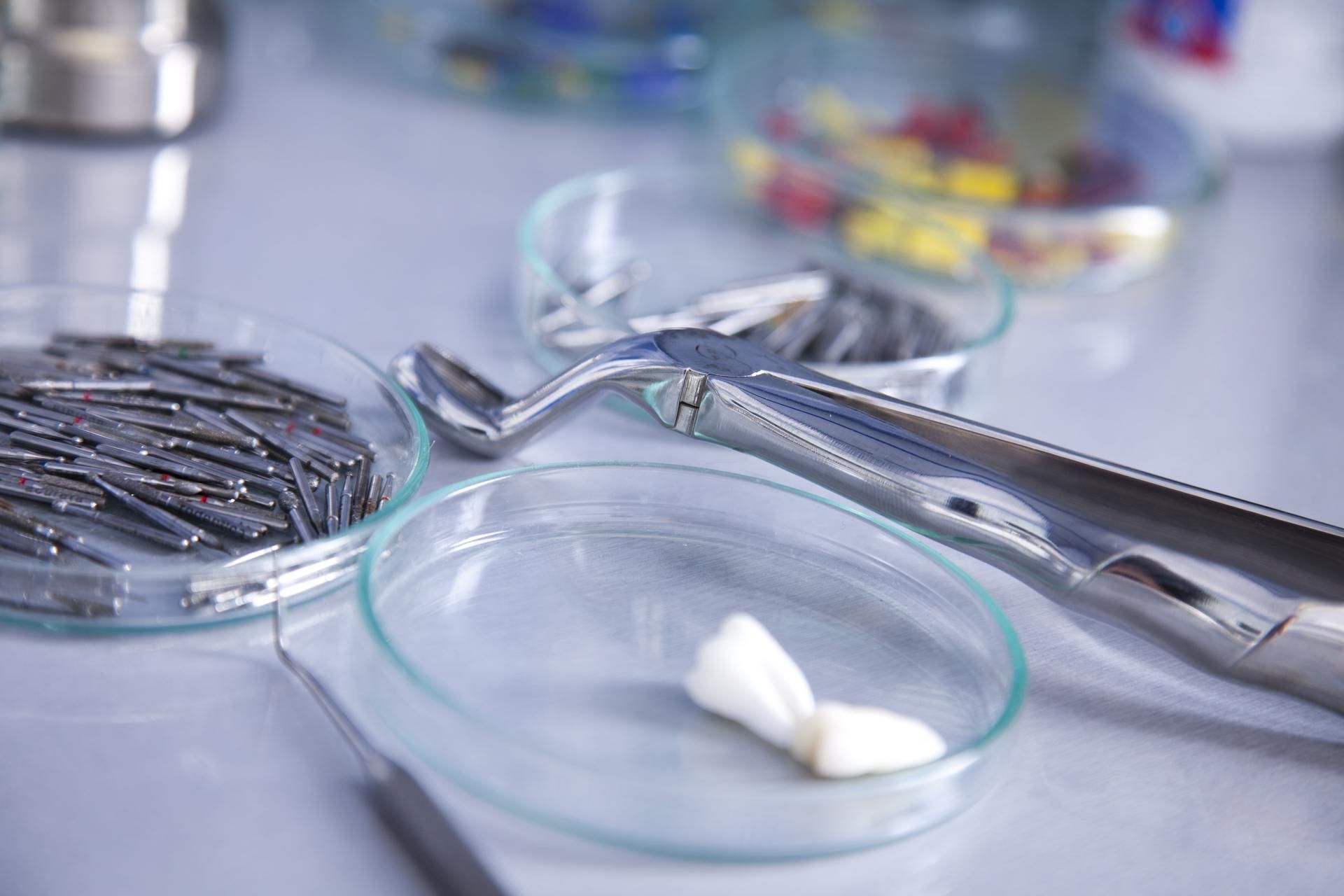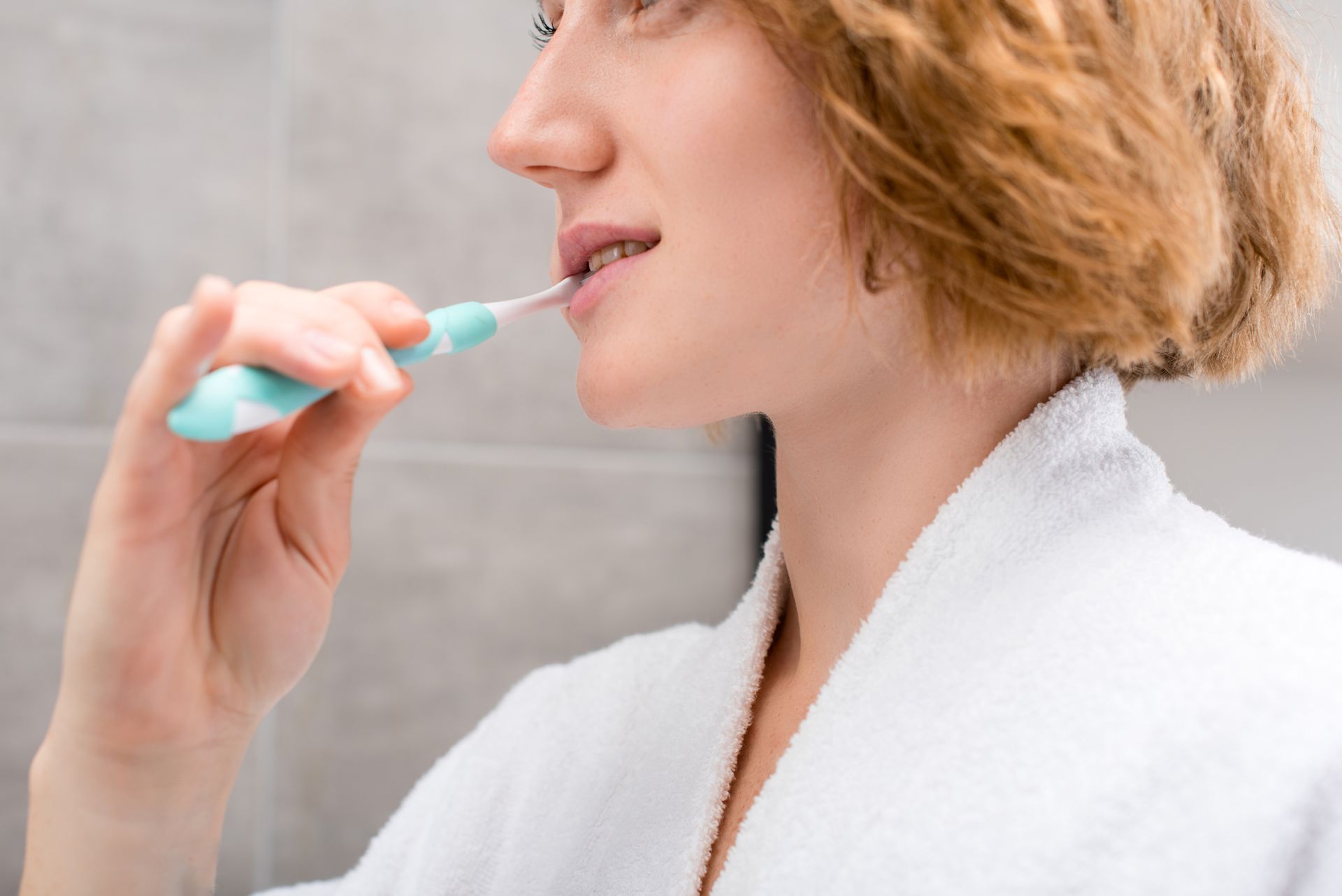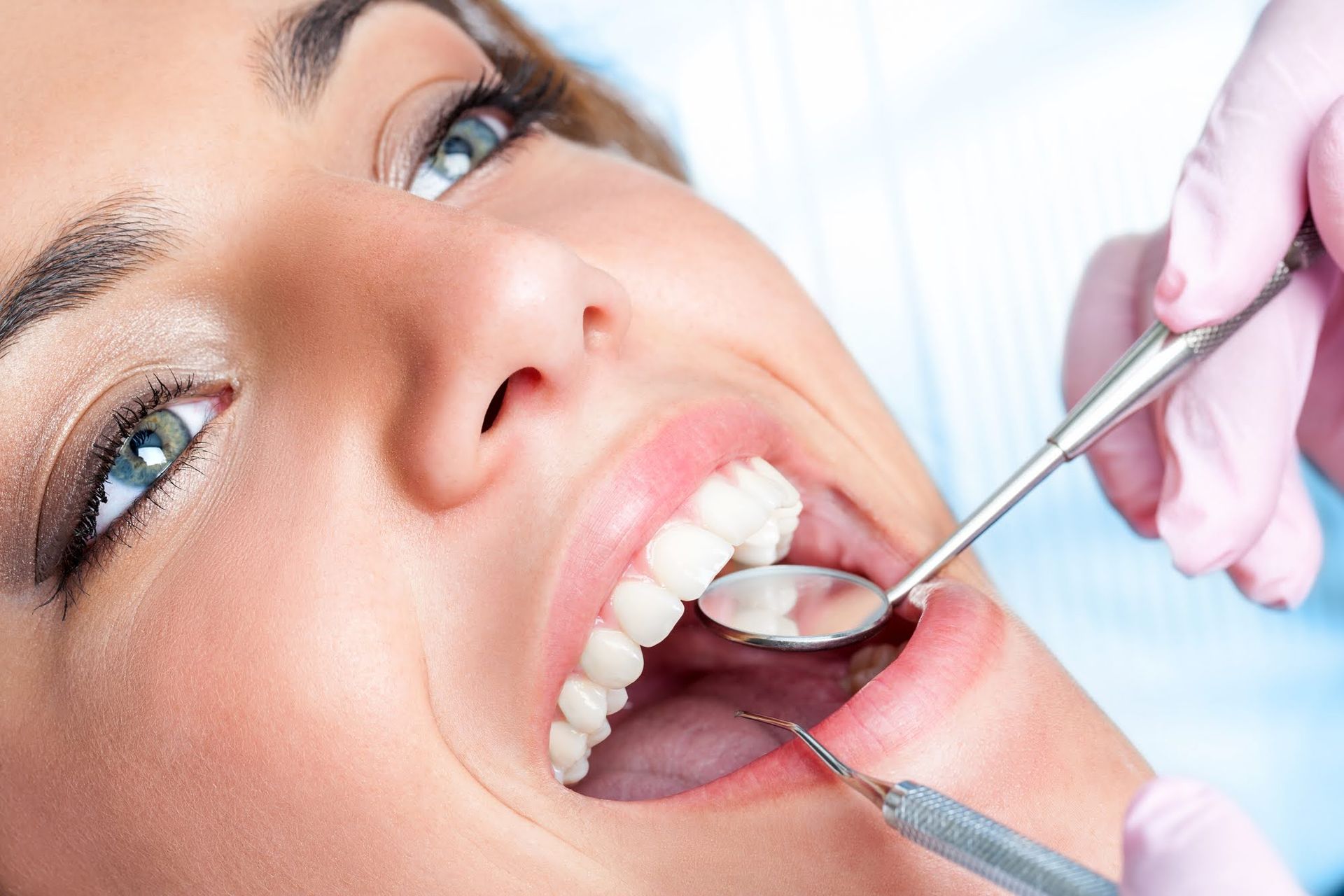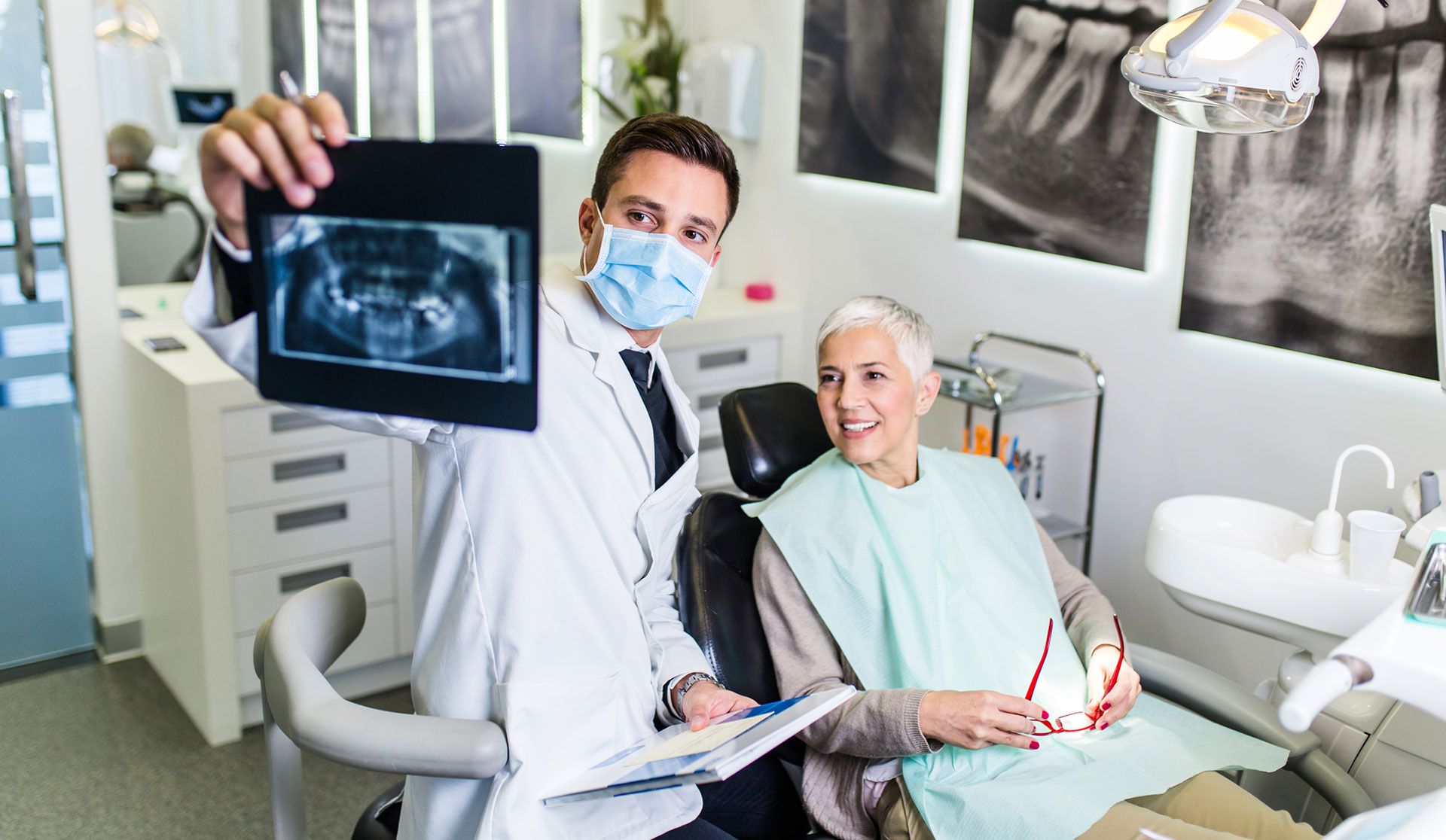How Dentists Keep Their Work Instruments Clean and Sterile
Dentists go to great lengths to clean and sterilize dental instruments. Sterilization is necessary to prevent the instruments from spreading germs from person to person. Below are some measures dentists take to clean and sterilize their instruments.
Wearing Personal Protective Equipment
Germs can spread from patient to patient and from the dentist to their patients. Your dentist knows this, so they wear personal protective equipment (PPE) before sterilizing the relevant equipment and tools.
For example, your dentist may wear:
- Facemasks
- Gloves
- Smocks (protective jackets)
The sterile PPEs ensure that germs don't migrate from the dentist to the instruments during sterilization and handling.
Soaking Instruments with Hardened Debris
Sterilization works best on clean instruments without obvious debris. Thus, dentists usually clean their instruments thoroughly before sterilization. However, cleaning instruments with dried wastes (such as dried blood) is not easy or efficient. With this in mind, dentists usually soak such instruments first.
The soaking takes different forms; the main thing is to loosen the debris on the instruments to make cleaning easy. For example, the dentist can spray the instruments with cleaning solutions to loosen the debris.
Cleaning the Instruments
The next step after soaking is to clean the instruments. Those that don't need soaking can go right to the cleaning stage. Below are some methods dentists use for this step.
Manual Cleaning
In this case, the dentist uses their hands to scrub the instruments. Manual cleaning is not the first choice of cleaning for most dentists. The process is labor-intensive and risky. For example, dentists risk cutting their hands while manually cleaning sharp instruments.
Automatic Washing
Many dentists have dedicated automatic washers for their instruments. The automatic washers save time and enhance cleaning safety.
Ultrasonic Cleaning
Ultrasonic cleaning uses sound waves beyond the limits of human hearing. The sound waves pass through and disturb the debris to loosen them. Ultrasonic cleaning also incorporates cleaning solutions to rinse away the debris that the sound waves disturb.
Drying the Instruments
Sterilizing wet instruments is risky. The sterilization process does not dry the instruments; they will come out of the sterilizers still wet.
Unfortunately, liquids absorb dirt and germs more easily than solids. Thus, liquid remains on sterile instruments can absorb germs, making sterilization useless. Dentists will dry the instruments before sterilization.
Packaging the Instruments Before Sterilization
Instrument contamination can occur at any time before use. As such, the dentist must protect the instruments between sterilization and use.
The dentist will package the instruments before sterilization, remaining within their packages until use.
The packaging material allows the sterilization agent to reach the instruments but prevents contamination from germs once they are out of the sterilizer. The type of packaging depends on different factors, including the type of sterilizer.
Ensuring Proper Sterilization
Clean dental instruments are not necessarily free of germs. Germs are microscopic and can exist on even the most clean-looking instruments. Sterilization kills, removes, or deactivates the instruments' biological lives or agents.
Dentists use different forms of sterilizers, such as:
- Steam sterilizers that used pressurized steam to force contaminated air out of the sterilization chamber
- Dry heat sterilizers that use high temperatures to kill germs
- Chemical vapor sterilizers that rely on chemicals to deactivate biological agents
Most dentists use chemical sterilizers, which are also available in different varieties. Ask your dentists for other measures they use to sterilize their instruments.
Bochiechio Personalized Dentistry has invested in state-of-the-art cleaning and sterilization equipment for dental tools.
We also have significant dental experience – we have practiced dentistry for many years. These investments allow us to offer impeccable dental services for all patients. Contact us for all your dental problems and enjoy our safe and professional services.

